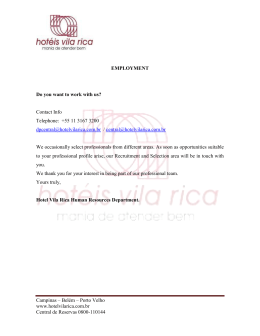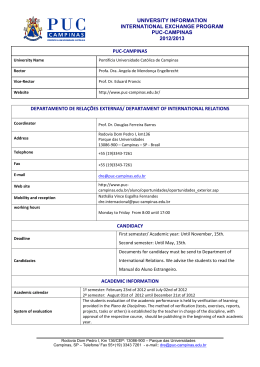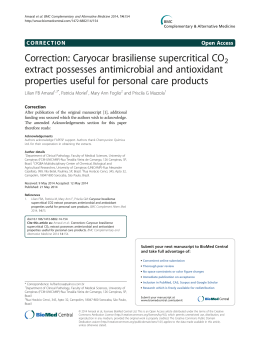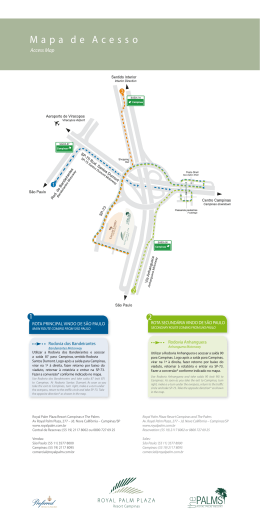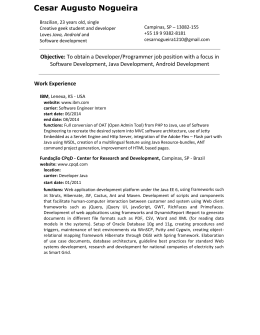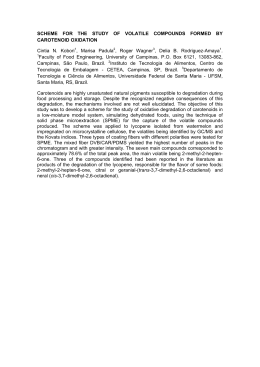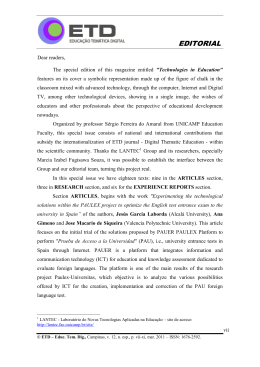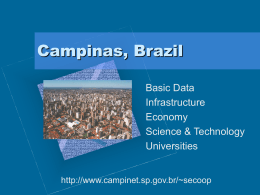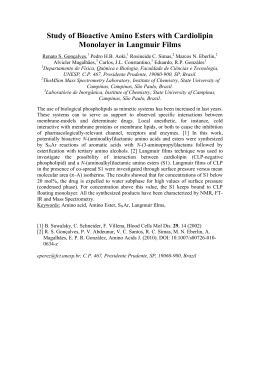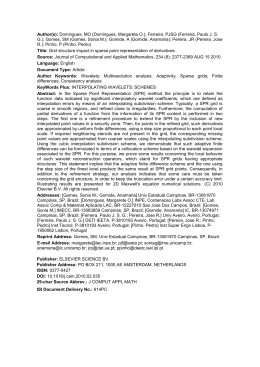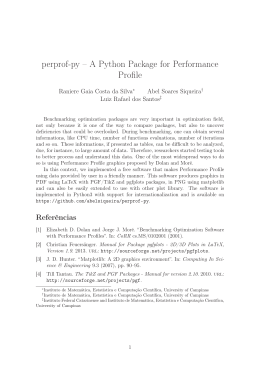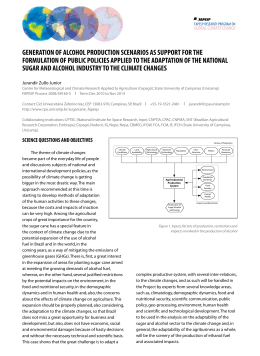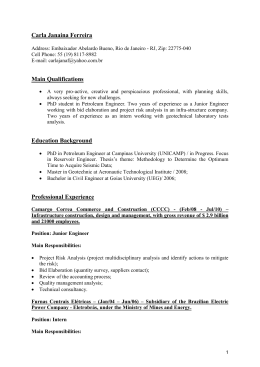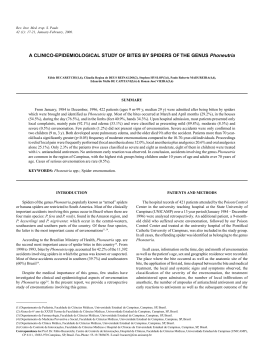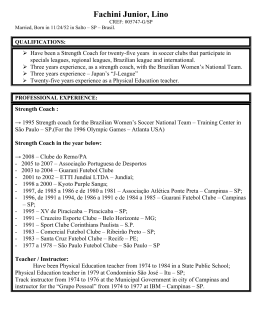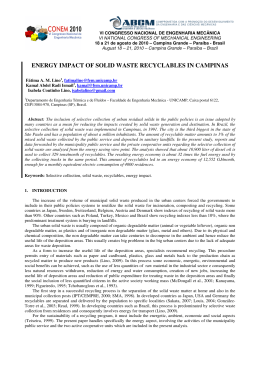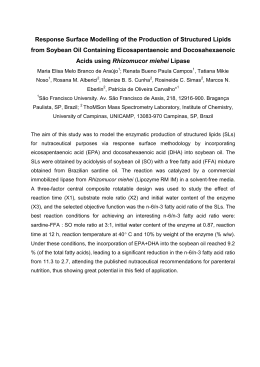Sociedade Brasileira de Espectrometria de Massas – BrMASS Environmental ANALYSIS Nitrosamines in childcare products analysed by LC-MS/MS Anna Maria A. P. Fernandes1,2, Giovana A. Bataglion1 , Phellipe H. Amaral1,2, Vera L. Ponçano2, Heliara L. Nascimento1,2, Marcos Nogueira Eberlin1 [email protected] 1 ThoMSon Mass Spectrometry Campinas, SP, Brazil. Laboratory, University of Campinas, 2 RIMEC/SIBRATEC/REMESP-Rede Metrológica do Estado de São Paulo N-Nitrosamines are considered to be potent human carcinogens because of evidence of carcinogenicity in many experimental animal models [1]. N-Nitrosamines are found in a wide variety of cosmetic products formed within the product itself, by reaction of precursors during its shelf time, or be introduced as a result of the use of contaminated raw materials [2]. They are usually formed if the necessary precursors, primarily secondary amines and nitrosating agents, are present. More than 8.000 substances are used in personal care formulations and a great part of them may be substract for nitrosylation reactions (or contain contaminants of them) or may act as nitrosating agents [3]. Legal guidelines in Brazil and in the European Union restrict the N-nitrosamine content of cosmetics. Specifically, the brazilian agency (ANVISA) established the limit of 50 μg.kg-1 to the concentration of nitrosamines in raw materials destined to the production of personal care products [4]. The most commonly found nitrosamine in cosmetics is the N-nitrosodiethanolamine (NDELA). This work describes the development of a method applying liquid chromatography coupled to mass spectrometry (LC–MS/MS) for the determination of NDELA in childcare products. Ten among the most commonly shampoos and conditioners comercialized destined for child were analysed. The methodology has good performance characteristics (Especificity, appropriated Quantification Limit, Linearity) and when applyied to the samples, showed to be a potentially routinely applicable technique. Acknowledgements: CNPQ [1] Bartsh, H.; Montesano, R.; Carcinogeneses 1984, 38, 2252–2260. [2] Schothorst, R. C.; Somers, H. H. J.; Anal. Bioanal. Chem. 2005, 381, 681–685. [3] Rath, S.; Canaes, L.S.; Quim. Nova 2009, 32, 2159-2168. [4] ftp://ftp.saude.sp.gov.br/ftpsessp/bibliote/informe_eletronico/2011/iels.abr.11/Iels75/U_RSMS-ANVISA-RDC-16_120411.pdf, acessada em Novembro de 2013. 5º Congresso BrMass – 07 a 11 de Dezembro de 2013
Download
